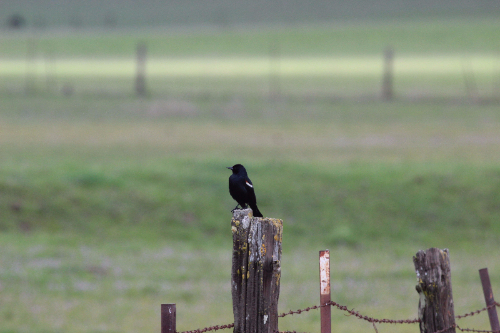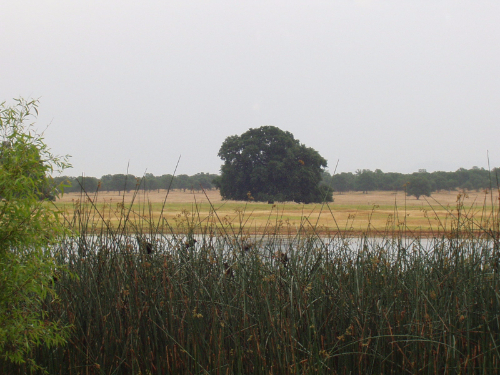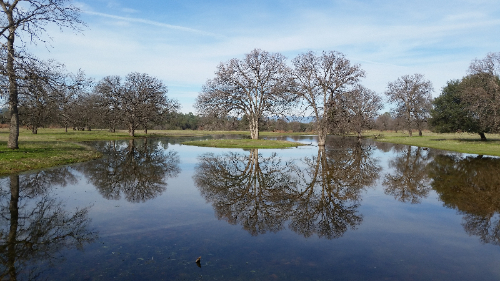
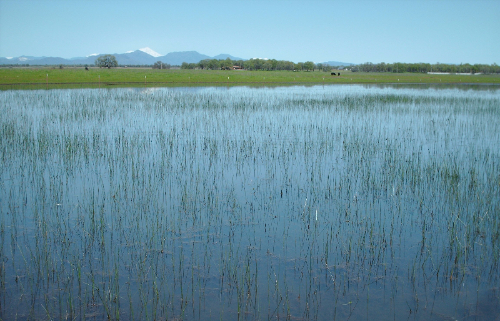
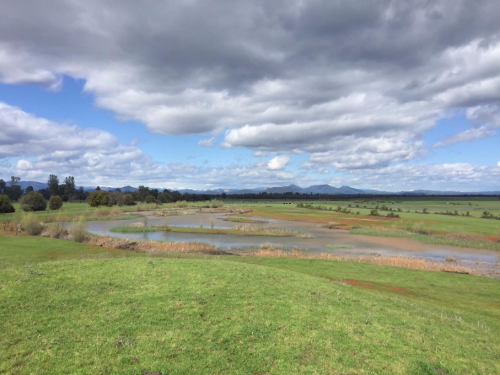
If you are interested in obtaining credits, please contact:
DeAnne E. Parker, Attorney at law
1930 West Street
Redding, CA 96001
Office: 530-242-6025
E-mail: stillwaterplains@yahoo.com
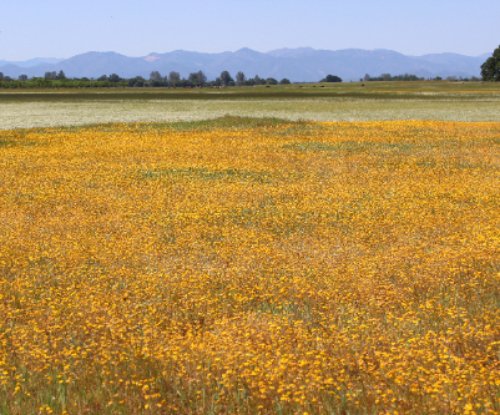
Vernal Swale
Emergent Marsh
Ephemeral Drainage
Clay Flat Seasonal Wetland
Open Water Aquatic
Riparian Woodland
Intermittent Drainage
Oak Woodland
Perennial Grassland
Riparian Scrubland
Western Spadefoot
(Spea hammondii)
Valley Elderberry Longhorn Beetle (Desmocerus californicus dimorphus)
Vernal Pool Tadpole Shrimp (Lepidurus packardi)
Vernal Pool Fairy Shrimp
(Branchinecta lynchi)
Habitat: Vernal Pools
California State Species of Special Concern
Almost completely terrestrial
Eggs and larvae found in vernal pools at the Bank
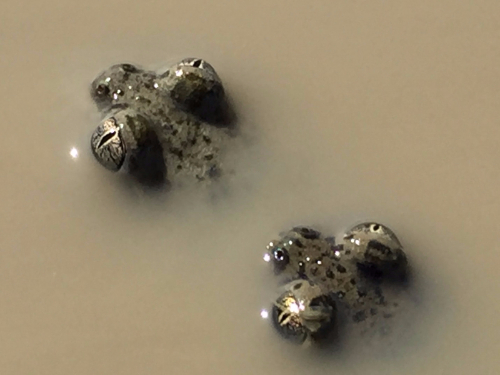
Habitat: Vernal Pools
Federally listed as Endangered
Occupies vernal pools with moderate-to-long ponding durations at the Bank
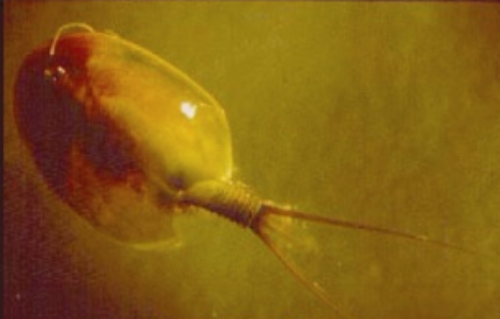
Habitat: Elderberry Savannah
Federally listed as Threatened
Endemic to the California Central Valley
Found only in association with its host plant, blue elderberry
Found in elderberry savannah on the Bank
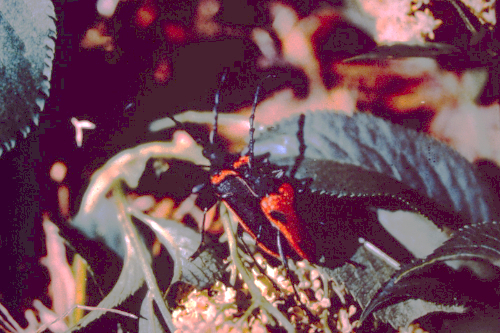
Habitat: Vernal Pools
Federally listed as Threatened
Small freshwater branchiopod ("gilled feet") with stalked compound eyes
Occupies vernal pools with minimum-to-moderate ponding durations at the Bank
When the temporary water bodies that the species inhabits dries up, the population remains in the dry basin as cysts (embryonic eggs)
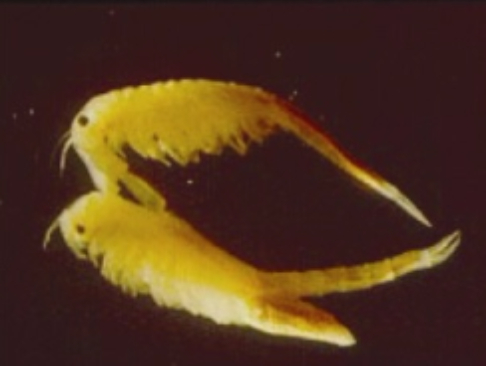
Habitat: Vernal Pools
Federally listed as Threatened
Seeds can remain dormant for up to four years and germinate underwater in the fall or winter
Typically associated with larger or deeper pools on the Bank that have long periods of inundation
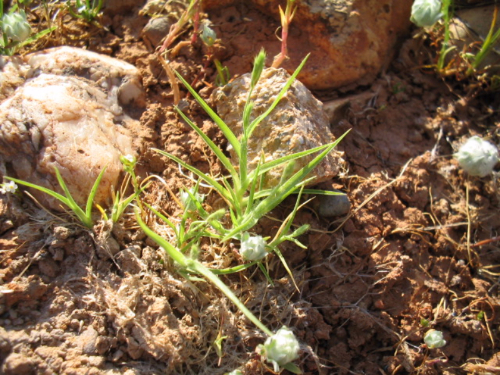
Habitat: Freshwater Marsh
California State Species of Special Concern
Endemic to California
Distinguished by red-and-white markings on wing
Nest in freshwater marsh at the Bank
